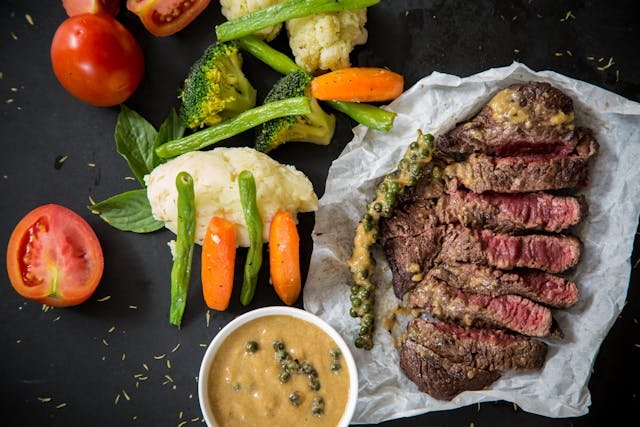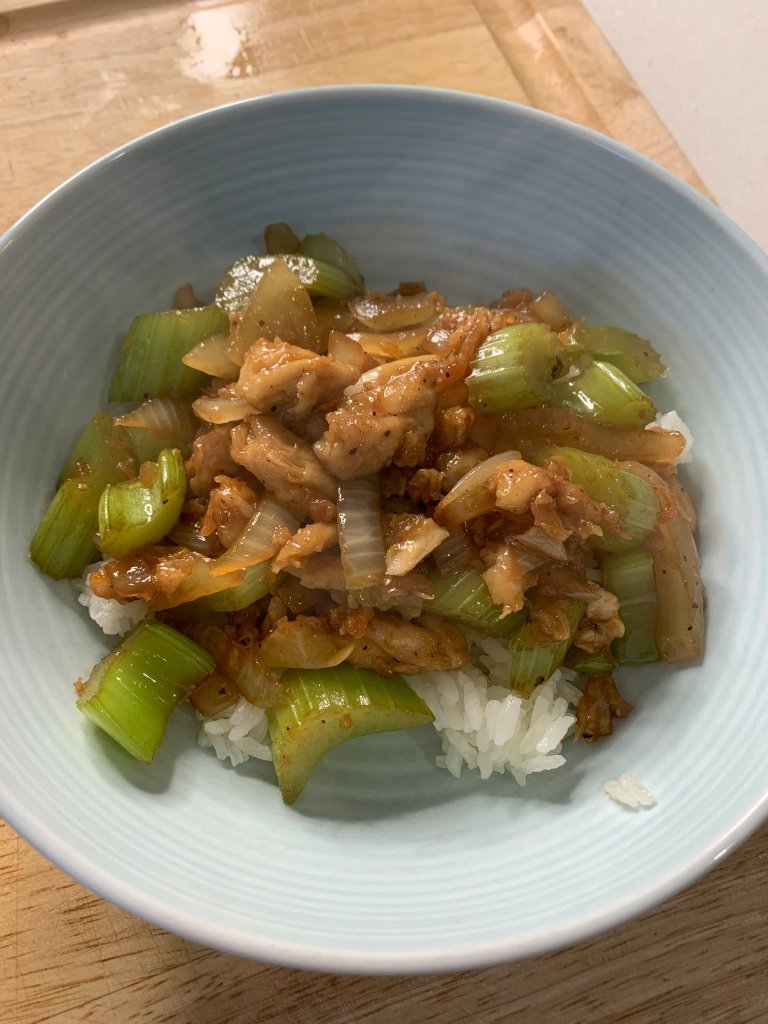Dry-aged beef is the pinnacle of culinary luxury, known for its rich flavor and tender texture that transforms any meal into an unforgettable experience. Preparing this exquisite cut of meat requires not just skill but also a deep appreciation for the craftsmanship that goes into its aging process. Whether you’re a seasoned chef or a passionate home cook, understanding how to properly prepare dry-aged steak will elevate your dining experience. By focusing on technique, attention to detail, and a few key tips, you can bring out the best in this exceptional ingredient. Dive into these five methods to master the art of preparing expertly aged beef, and impress your guests with a meal to remember.
The Perfect Sear: Locking in Flavor
A great way to start your dry-aged beef preparation is by perfecting the sear, which locks in flavor and creates a delectable crust. Begin by bringing the meat to room temperature, allowing for even cooking. Use a cast iron skillet for the best results, heating it until it’s smoking hot before adding the beef. Sear each side for a few minutes without moving the meat, ensuring a golden-brown crust that seals in the juices. Once seared, transfer the beef to the oven to finish cooking, using a meat thermometer to achieve your desired doneness.
Slow Roast for Unparalleled Tenderness
For those who prefer a more hands-off approach, slow roasting is a method that highlights the natural tenderness of aged beef. Preheat your oven to a low temperature, around 225°F, and season the meat simply with salt and pepper. Place the beef on a roasting rack and cook it slowly, allowing the gentle heat to break down the muscle fibers. This technique results in a melt-in-your-mouth texture while preserving the beef’s deep, nutty flavors. The low and slow method is ideal for larger cuts, ensuring a perfectly tender roast that slices like butter.
Grilling: Enhancing the Natural Smokiness
Grilling is a favored technique for many, as it enhances the beef’s natural smokiness and imparts a robust charred flavor. Start by preheating the grill to high, ensuring the grates are clean and well-oiled. Pat the beef dry, and season generously before placing it on the grill, allowing it to cook over direct heat. Grill each side for a few minutes, then move the beef to a cooler part of the grill to finish cooking with indirect heat. Rest the meat after grilling to let the juices redistribute, resulting in a succulent and flavorful bite.
Reverse Sear: The Best of Both Worlds
The reverse-sear method combines the gentle cooking of slow roasting with the high-heat finish of searing, delivering a perfectly cooked piece of dry-aged steak. Start by roasting the beef at a low temperature until it’s just shy of your desired doneness. Then, heat a skillet or grill to high, and sear the beef for a minute or two on each side, creating a beautiful crust. This method provides precise control over the internal temperature while achieving a restaurant-quality sear. The reverse sear is perfect for impressing guests with a perfectly cooked, flavorful piece of meat. Grade A & Grade B Vanilla Beans
Pairing With Flavors That Complement
While aged beef shines on its own, pairing it with complementary flavors can enhance its depth and complexity. Consider serving the beef with a rich sauce made from the pan drippings or a compound butter infused with herbs and garlic. Side dishes like roasted vegetables, truffle mashed potatoes, or a simple arugula salad can add balance and contrast to the richness of the meat. When choosing wines, opt for bold reds like Cabernet Sauvignon or Malbec to stand up to the beef’s robust flavors. Thoughtful pairing will elevate the dining experience, allowing each bite to be savored to its fullest. THE DEFINED DISH BLACK PEPPER CHICKEN
Conclusion
Mastering the preparation of aged beef is a culinary journey that rewards patience, precision, and creativity. Whether you choose to sear, slow roast, grill, or reverse sear, each method brings out unique qualities in this exceptional meat. By focusing on technique and pairing the beef with complementary flavors, you can create a dining experience that celebrates the art of fine cooking. The journey from preparation to plate is one of deep satisfaction, resulting in a meal that is as memorable as it is delicious. Embrace the challenge of preparing dry-aged steak, and elevate your culinary skills to new heights.
Brit is a passionate writer with a love for storytelling and exploring the depth of human experience through words. With a keen eye for detail and a thoughtful voice, Brit crafts pieces that resonate with readers and spark meaningful reflection. When not writing, Brit enjoys quiet moments with a good book, long walks, and finding inspiration in everyday life.






